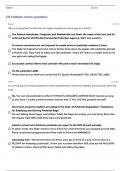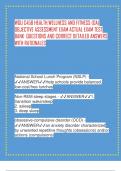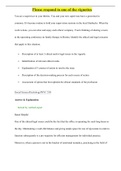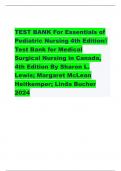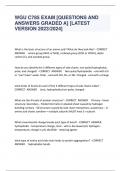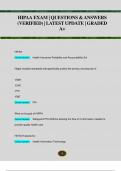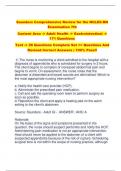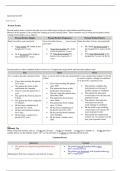Exam (elaborations)
California QAL Laws & Regs Exam Prep (Focuses on the Laws & Regs Section of the QAL. Just "Laws & Regs." 1. No question is repeated in this guide. 2. Questions conform to the "Exam Knowledge Expectations for Qualified Applicator Licen
- Course
- Institution
California QAL Laws & Regs Exam Prep (Focuses on the Laws & Regs Section of the QAL. Just "Laws & Regs." 1. No question is repeated in this guide. 2. Questions conform to the "Exam Knowledge Expectations for Qualified Applicator License" study
[Show more]
